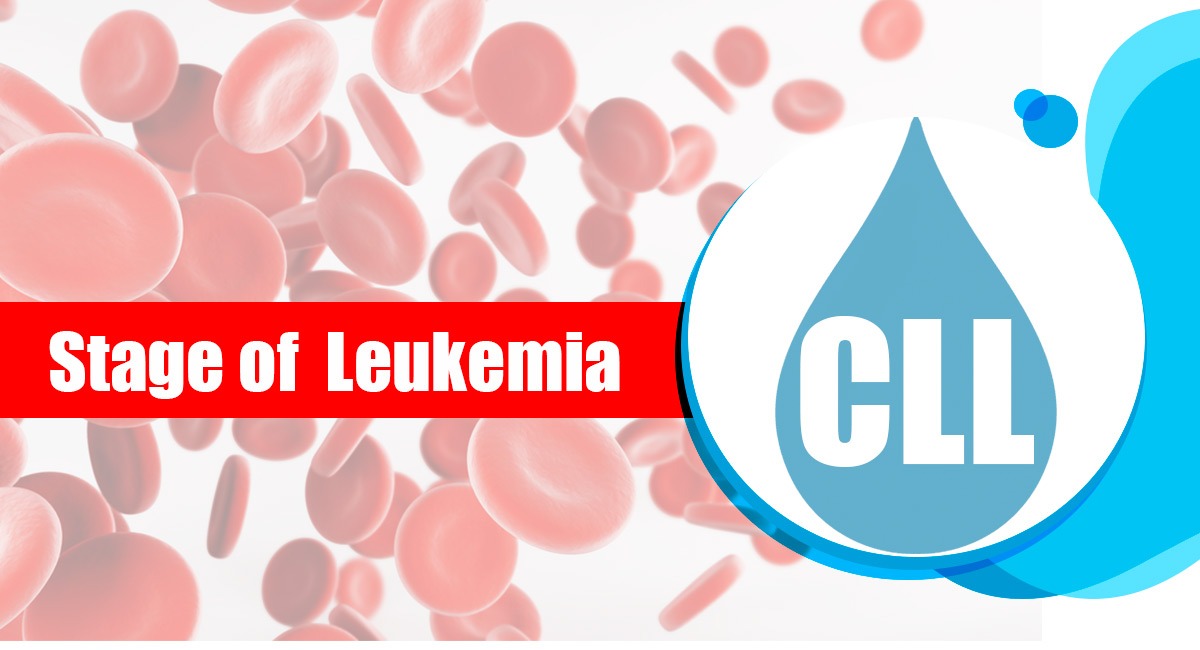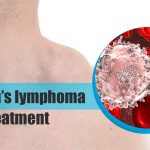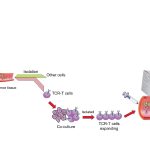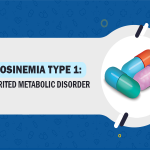Stage Information for Chronic Lymphocytic Leukemia: A staging system typically is a standard way for the cancer care specialist to describe cancer. There are basically two different systems for staging Chronic Lymphocytic Leukemia:
Rai System: more oftenly used in the United States.
Binet System: more widely used in Europe.
Both of these staging systems for Chronic Lymphocytic Leukemia are helpful and have been in use for so many years.
Rai Staging System
This more often used system in the United States is mainly based on lymphocytosis. The patient must have greater lymphocytes in their blood as well as bone marrow that isn’t associated with any other cause (like infection).
To diagnose Chronic Lymphocytic Leukemia, the overall lymphocyte count does not have to be greater, but the patient must have a minimum 5,000/mm3 monoclonal lymphocytes (monoclonal lymphocytosis). Monoclonal means that the malignant cells all came from a single original cell. This results in the same chemical pattern which can be noticed through special testing.
Rai staging system divides Chronic Lymphocytic Leukemia into 5 stages on the basis of results of blood tests and a physical exam:
Rai stage 0: Lymphocytosis; no enlargement of the lymph nodes, spleen, or liver; RBC and platelet counts are near normal.
Rai stage I: Lymphocytosis; enlarged lymph nodes; spleen and liver are not enlarged; RBC and platelet counts are near normal.
Rai stage II: Lymphocytosis; enlarged spleen (and maybe an enlarged liver); lymph nodes may or may not be enlarged; RBC and platelet counts are near normal.
Rai stage III: Lymphocytosis; lymph nodes, spleen, or liver may or may not be enlarged; RBC counts are decreased (anemia); platelet counts are near normal.
Rai stage IV: Lymphocytosis; enlarged lymph nodes, spleen, or liver; RBC counts may be decreased or near normal; platelet counts are decreased (thrombocytopenia).
Health specialists separate the Rai stages into low-, intermediate-, and high-risk groups when specifying treatment options.
- Stage-0 is low risk.
- Stages-I & II are intermediate risk.
- Stages-III & IV are high risk.






